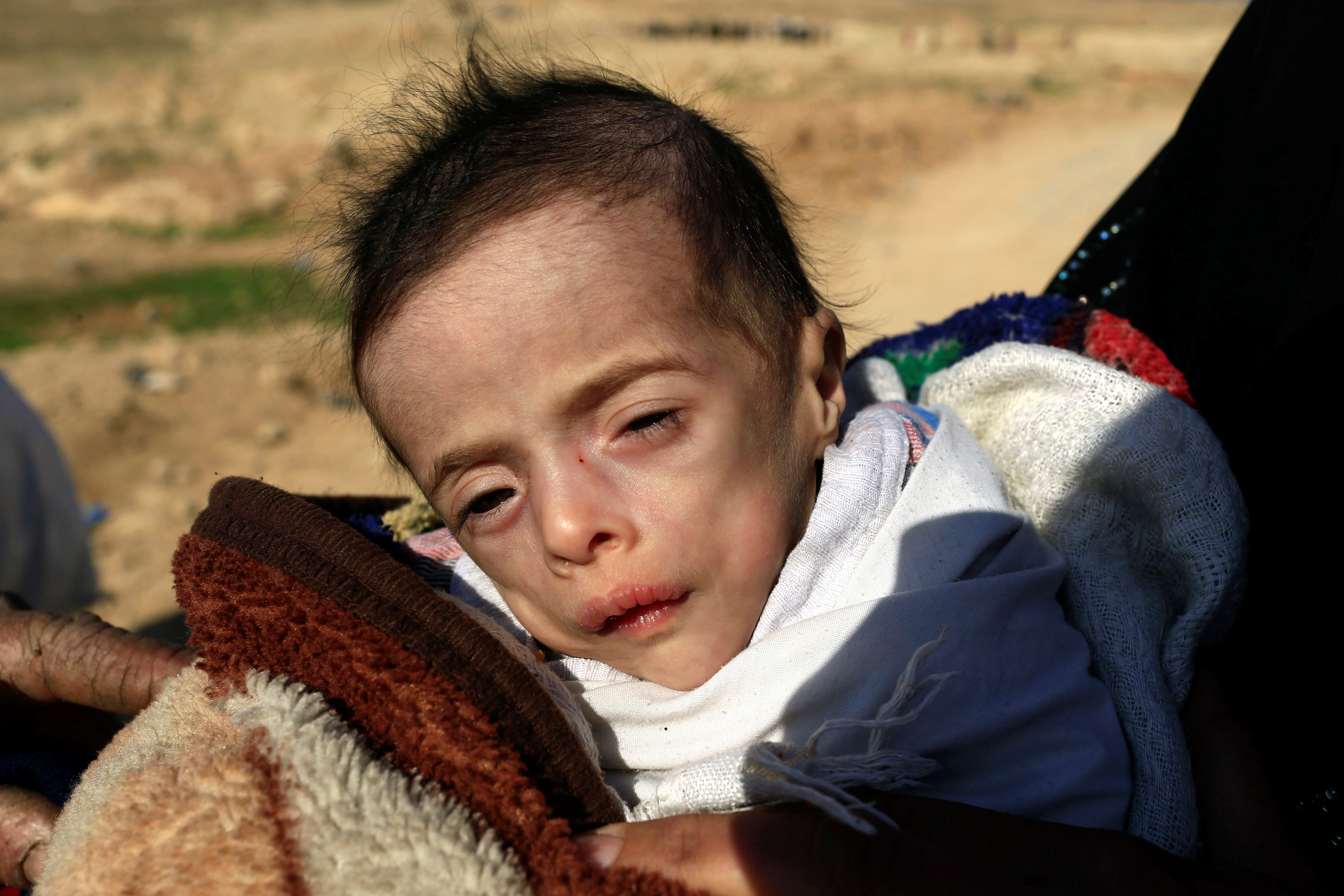
By Tom Perry
BEIRUT (Reuters) – A U.S. Marines artillery unit has deployed to Syria in recent days to help local forces speed up efforts to defeat Islamic State at Raqqa and the campaign to isolate the city is going “very, very well”, the U.S.-led coalition said on Thursday.
Coalition spokesman U.S. Air Force Colonel John Dorrian said the additional U.S. forces would be working with local partners in Syria – the Syrian Democratic Forces (SDF) and the Syrian Arab Coalition – and would not have a front line role.
The additional deployment comprises a total of 400 U.S. forces – both Marines and Army Rangers. It adds to around 500 U.S. military personnel already in Syria, Dorrian said.
The SDF, which includes the Kurdish YPG militia, is the main U.S. partner in the war against Islamic State insurgents in Syria. Since November it has been working with the U.S.-led coalition to encircle Raqqa, IS’s main urban bastion in Syria.
This week, the SDF cut the road between Raqqa and the jihadists’ stronghold of Deir al-Zor province – the last main road out of the city.
Islamic State is also being fought in Syria by the Russian-backed Syrian military, and by Syrian rebel groups fighting under the Free Syrian Army banner with Turkish backing in northern Syria and Jordanian backing in southern Syria.
Dorrian said the effort to isolate Raqqa was “going very very well” and could be completed in a few weeks. “Then the decision to move in can be made,” he said.
The additional forces had arrived in “the last few days”, he told Reuters by telephone.
The artillery will help “expedite the defeat of ISIS in Raqqa”, he said, using another acronym for Islamic State. The Marines were armed with 155-millimetre artillery guns. Asked if they had been used yet, Dorrian said he did not believe so.
“We have had what I would describe as a pretty relentless air campaign to destroy enemy capabilities and to kill enemy fighters in that area already. That is something that we are going to continue and intensify with this new capability.”
“We are talking about an additional 400 or so forces in total, and they will be there for a temporary period,” he said.
A Kurdish military source told Reuters the extra U.S. forces were deployed as part of a joint plan between the SDF and U.S.-led coalition to capture Raqqa, and further U.S. reinforcements were expected to arrive in the coming few days.
Dorrian said the Army Rangers were on a different mission to the Marines in a previously announced deployment near the city of Manbij to “create some reassurance” for U.S.-allied Turkey and U.S. partners in Syria – a reference to the SDF.
Turkey views the YPG as a threat to its national security and says the Kurdish militia maintains a presence in Manbij. The YPG denies this. Fearing deepening Kurdish influence in northern Syria, Turkey has been pressing Washington for a role in the final assault on Raqqa.
Dorrian said a possible role for Turkey “remains a point of discussion at military leadership and diplomatic levels”.
“We have always said we are open to a role for Turkey in the liberation of Raqqa and will continue that discussion to whatever logical end there is.”
(Writing by Tom Perry; editing by Mark Heinrich)










